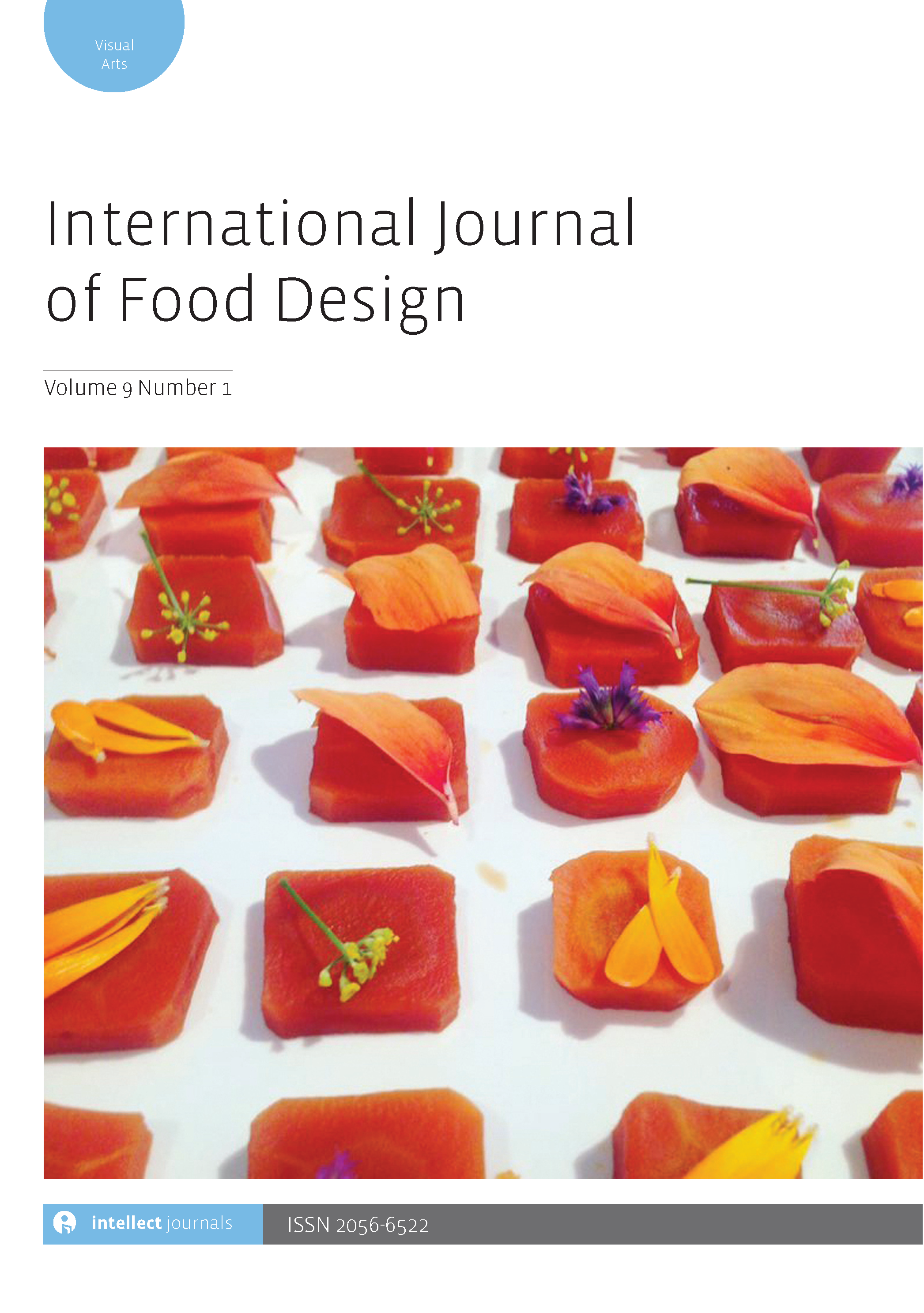-
oa Green food transformation systems: Role of young people in engagement and digital literacy
- Source: International Journal of Food Design, Volume 8, Issue Designing Digital Technologies for Sustainable Transformations of Food Systems, Apr 2023, p. 13 - 34
-
- 30 Jun 2021
- 05 Jul 2022
- 10 Apr 2023
Abstract
Food and agriculture systems have been under pressure due to climate change. Food production and consumption are known to cause up to one-third of climate impact as they occupy a large part of land for animal feeding and a significant amount of food is wasted. To reduce climate impact, therefore, food systems need to incorporate constructive approaches. These include aspects of production, distribution, consumption and disposal. It requires new digital insight and capacity-building to interpret the changes. Schools can provide an excellent arena for these changes because of their infrastructure and wide reach in society. Against this backdrop, the Sense, Science and the Magic of Food (SESAM) programme set out to study whether learning about food systems transformation could be achieved by incorporating contemporary digital technologies. The SESAM programme took place in four elementary schools (teachers: n = 12, pupils: n = 300). We developed four learning stations with a food and cultivation theme, as well as digital themes such as a simple aquaponics plant with data collection sensors, a programmable robotized raised growing bed, an artificial light-driven vertical mini farm and an autonomous programmed drone-based delivery service. The report shows that the programme was able to create important learning around food systems transformation in a school setting and was perceived as a relevant route to Education for Sustainable Development Goals (ESDG). In particular, the strong focus on science, technology, engineering and mathematics learning principles, project-based learning and the digital element was rated high. On the negative side, we found that teachers’ competencies are a crucial element and that a programme of this kind is time-consuming and needs the right type of external assistance if it was to be scaled up.
Funding
- The H2020-MSCA-NIGHT (Award 955400)



